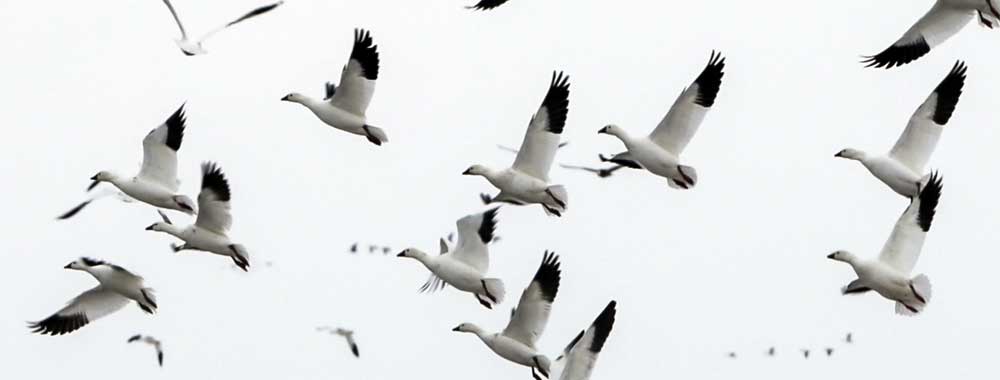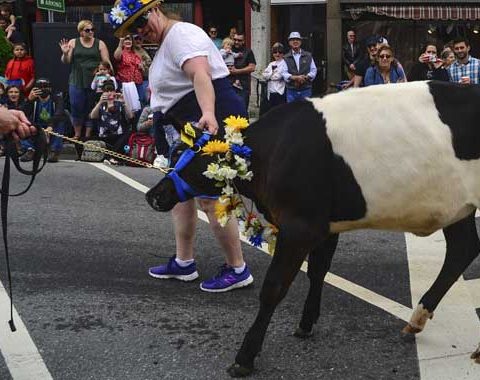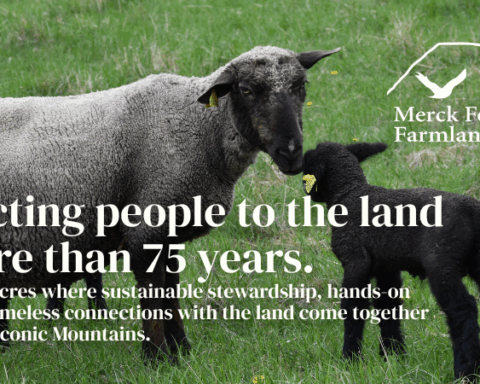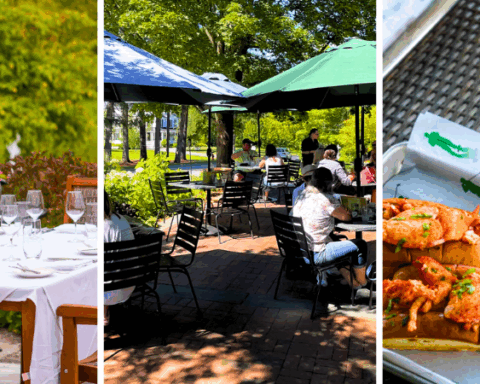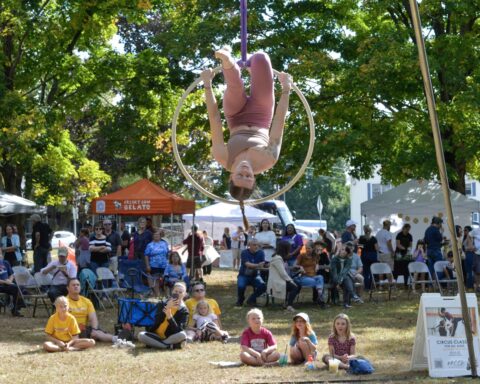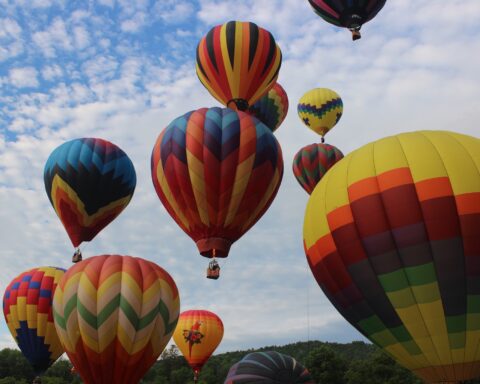
By Trudy Tynan
The first official day of spring brought more snow this year as we struggled to shrug off a winter that started slow and then battered us with nor’easters in March. Easter came and went with no buds on the trees. Even as temperatures finally began to edge into the 40s, the world froze at night.
Still, little by little, we could hear the seasons change in the musical calls of red-wing blackbirds, eastern phoebes and common grackles — typically the first birds to appear after the snow melts — as the spring migration began.
The Berkshires and Southern Vermont are good places to view the annual migrations as birds slip between the well-traveled routes along the Hudson and Connecticut river valleys to pause by our woods and lakes on their way to the northwoods and tundra. The habitat, ranging from 3,491-foot Mount Greylock and its sisters in Massachusetts and Vermont to soggy cattail swamps and suburban lawns, suits a wide variety of birds.
The first place to look following ice out is the region’s numerous lakes and reservoirs. In addition to the more common wedges of Canada geese, keep an eye out for large flocks of white birds with black wingtips and a black marking on their bills that looks like a smile.
These are snow geese, one of the most common birds in the world and increasing rapidly. Once rarely spotted, the snow geese that winter along the mid-Atlantic Coast are now a more frequent sight over New England as they travel north to nest in Greenland.

Similarly, the fish-eating common merganser with an unmistakable dark green head on the drakes appears with ice out in wetlands along Farmington and Deerfield rivers. Its cousin, the tiny hooded merganser with a distinctive white spot on its black head like a dollop of whipped cream was considered just an early spring migrant moving annually through the county until the late 1970s. Then it discovered wood duck boxes and in less than a decade was found nesting in a quarter of those set out by the Massachusetts Division of Fisheries and Wildlife to assist wood ducks.
One of Berkshire County’s most spectacular and commonest birds is the gaily colored wood duck. And for 70 years, MassWildlife has been setting out nest boxes to help the little ducks as the tree cavities they would otherwise use have become scarce. Similar efforts across the US have helped the population remain stable despite the best efforts of hungry raccoons.

As the weather warms into May, warblers begin to arrive from Central and South America with the males flaunting their tropical colors.
Guided walks offered by the Hoffman Bird Club (hoffmanbirdclub.org), along with the Massachusetts Audubon Society’s sanctuaries of Canoe Meadows in Pittsfield, Mass., and Pleasant Valley in Lenox, Mass., as well as some sanctuaries run by The Trustees of Reservations, including Bartholomew’s Cobble, are a good source of information for beginning birders. Vermont Audubon (vt.audubon.org) is a good place to start in Southern Vermont.
Fortunately, all you need for birding is a pair of binoculars and a bird guide whether in book form or on a smartphone. And the best place to start may be your own backyard.
Still it is a big help to have the guidance of veteran birders starting out, and they are usually very willing to introduce beginners to their favorite past time.
While many of the most beautiful birds are found in suburban yards and city parks, the Berkshires are one of the few, if not only places, some birds can be regularly found in Massachusetts. And some species have spread east only after gaining a toehold here.
The state’s only nesting pair of sandhill cranes is tucked into southern Berkshire. Egremont, Mass., is the most reliable place to see a common gallinule or moorhen. Gray-cheeked and Bicknell’s thrushes were only found on Mount Greylock and it’s the only place the blackpoll warbler nests.
Black vultures used to only be found circling Monument Mountain, but recently have begun to be spotted across the state. Similarly, red-headed woodpeckers, which were once confined to Bartholomew’s Cobble have now spread to the rest of Massachusetts.
The spectacular pileated woodpecker, exceeded in size only by the ivory bill, was found only in Berkshire County at the turn of the 20th century, but now is pounding away everywhere except southeastern Massachusetts.

Other birds, especially grassland birds, such as bobolinks have dwindled as grasslands have disappeared with farm pastures.
Still, what brings birders from other areas to the Berkshires and Southern Vermont in spring and summer are its nesting songbirds.
The yellow warbler and the chestnut-sided warbler prefer the edges of woodlands and swampy areas.
The magnolia warbler likes high mountain spruce forests, especially on Mount Greylock. So do the Canada warbler and the yellow-rumped or myrtle warbler. The black-throated blue warbler looks for lowland mountain laurel, while the black-throated green sticks to the high evergreen forests of Florida, Mass., and nearby communities. The American redstart also favors high places and forest clearings, while the scarlet tanager and noisy ovenbird stick to the deep woods of mature deciduous forests.

The black-and-white warbler, which is one of the first to arrive in spring, also stakes out mature woodlands and is rarely seen about 2,000 feet, while common yellowthroats nest in wet thickets almost anywhere.

Not all of the dark-eyed juncos that frequent home bird feeders in winter head north in spring. Some nest in higher spruce and fir forests above 800 feet, and rose-breasted grosbeaks have been found nesting just below the summit of Mount Greylock.
It’s a symphony of song and color that is more than welcome following the drab gray and mud of early spring.
Trudy Tynan is retired after 30 years as a reporter with the Associated Press. She is a member of the Hampshire Bird Club and in the summer volunteers with NOAA to count seabirds on Stellwagen Bank. She lives in South Hadley, Mass., with two Maine coon cats, who stay inside.
